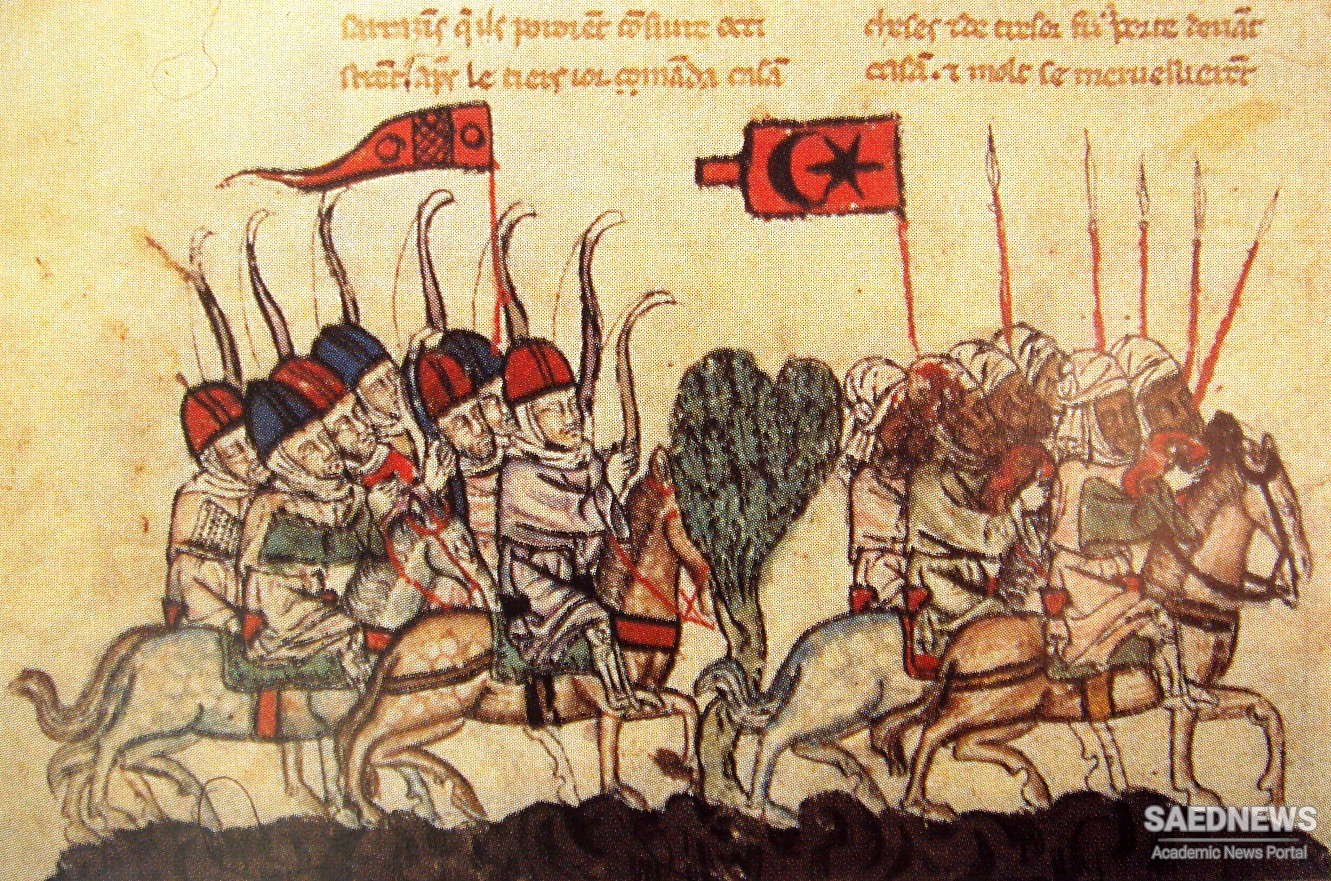In Iraq and some parts of the Iranian Plateau the Zoroastrians were dismissed from prominent positions. The Zoroastrian, Dadoye, who was responsible for collecting the taxes of Iraq and Fars under Hajjaj b. Yusuf, was also ousted at this time. In the East of Iran changes appeared more slowly. Zoroastrians were still acting as local governors. Bahramis, the marzuban (governor) of Merv, was confirmed in his position in 723, during the reign of Yazid II. He ruled for the benefit of his community by exempting the Zoroastrians of Khurasan from taxes and putting the fiscal burden on the Muslims.As could be expected, the Muslims with the help of the Arab authorities reversed the situation. It is striking, however, that the tax collectors named in the 7th and early 8th centuries by the Arab governors were overwhelmingly Zoroastrian. Those Iranians who had converted were not acceptable for such positions, as they could have claimed an equal share in power. The Arabs did not trust the newly converted people and deemed it safer to nominate non-Muslims, who, according to Islam, were inferior to Muslims and hence had no right to claim ascendancy over them. In 741, however, the Umayyads decreed that non-Muslims be excluded from governmental positions.117 The edict induced numerous government officers to convert in order to maintain their means of livelihood. A well-known figure who was affected by the discriminatory law was Dadoye’s son, Ruzbih, better known as Ibn Muqaffa. He also converted to Islam in order to secure for himself a position in the administration, and after the victory of the Abbasids he entered the service of the Caliph al-Saffah (750-754). He was killed in 757, accused of practising Zoroastrianism in secret.118 In Khurasan and most parts of the Iranian Plateau, the registers remained in Persian for about half a century longer than in Iraq, and the majority of the secretaries of the divan (or bureaucracy) were Zoroastrian until Yusuf b. Umar, governor of Iraq, wrote to Nasr b. Sayyar, the governor of Khurasan, to oust the Zoroastrians from the divan. Ishaq b. Tolayq translated the registers of Khurasan to Arabic in 741-742 AD. The language of Isfahan’s administration remained Persian, even after the fall of the Umayyads, until Abu Muslim’s officials had Persian substitued by Arabic in the early Abbasid period (Source: the Fire, the Star and the Cross).


 Zoroastrian Administrative Forces in Islamic State
Zoroastrian Administrative Forces in Islamic State














































